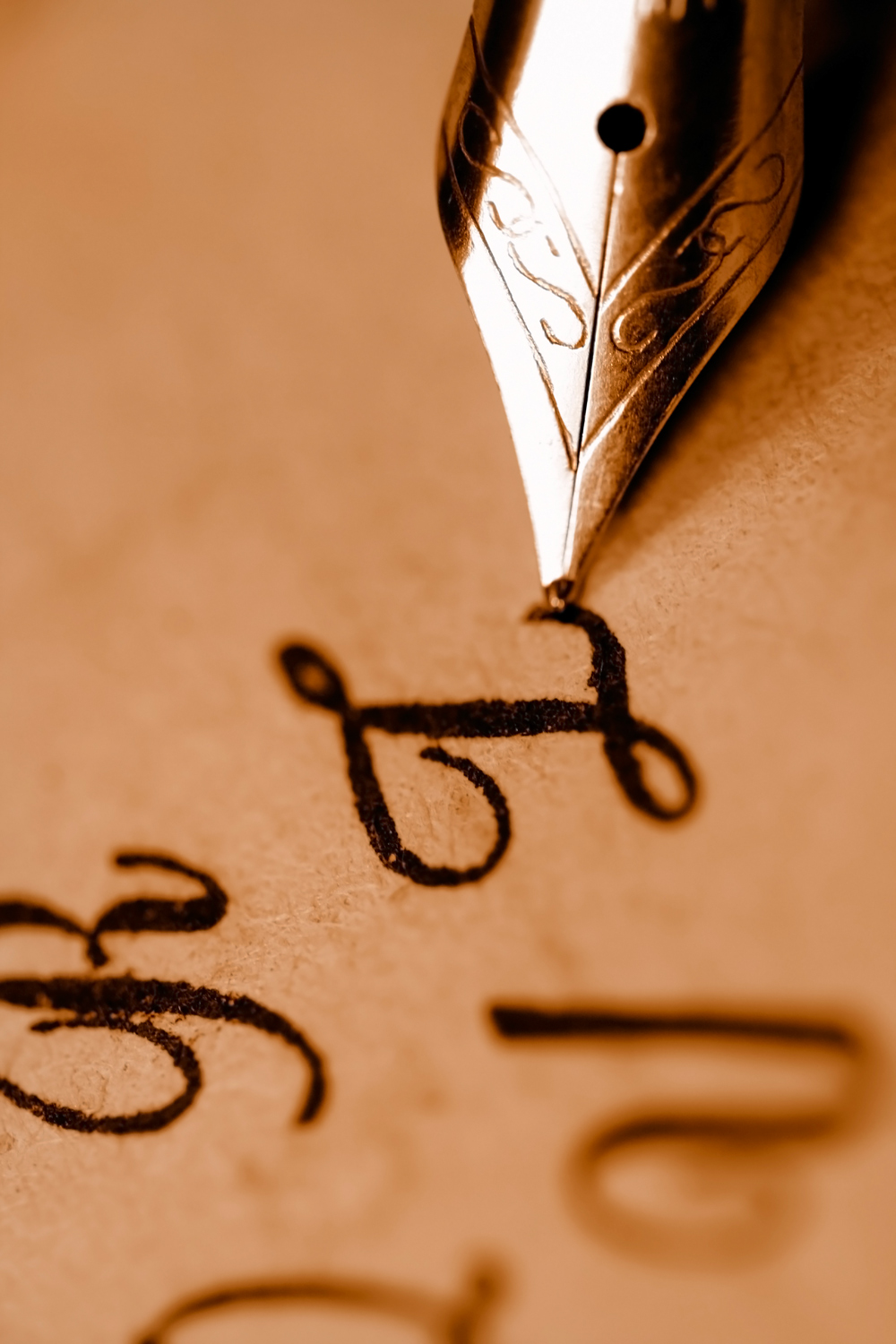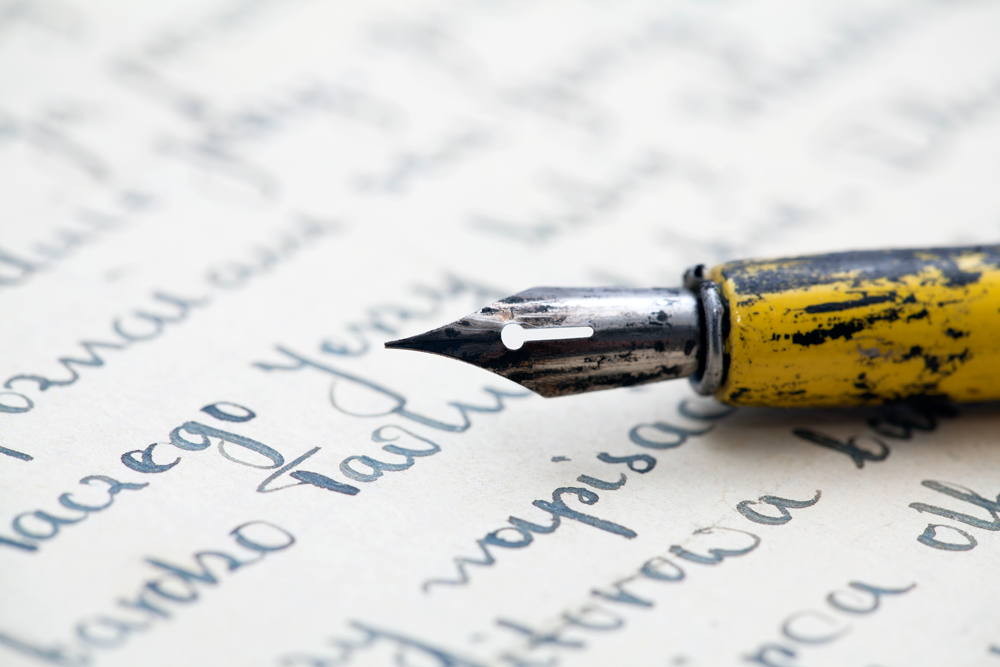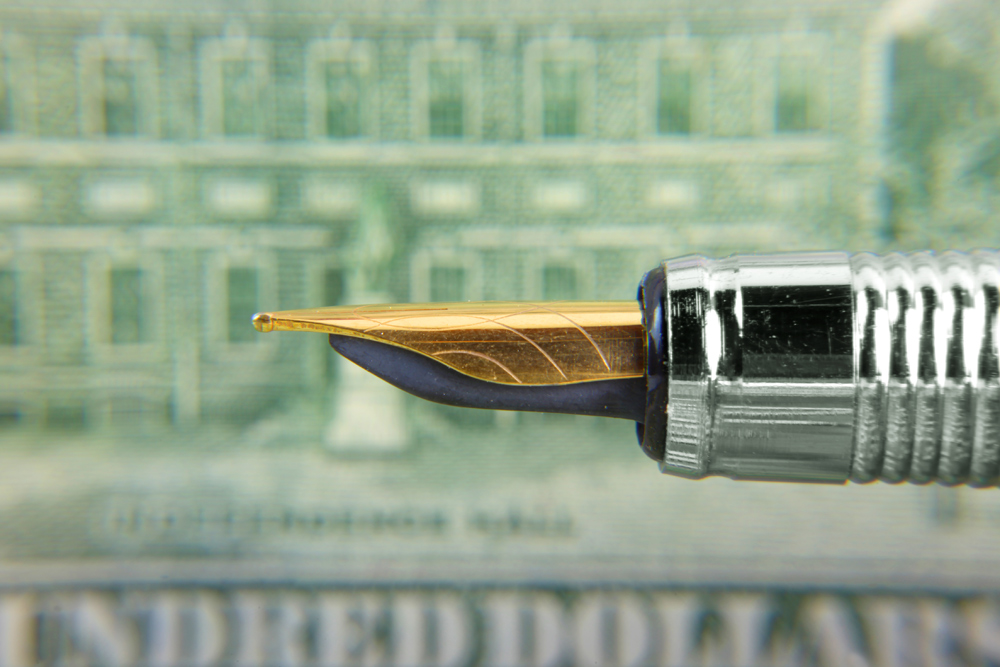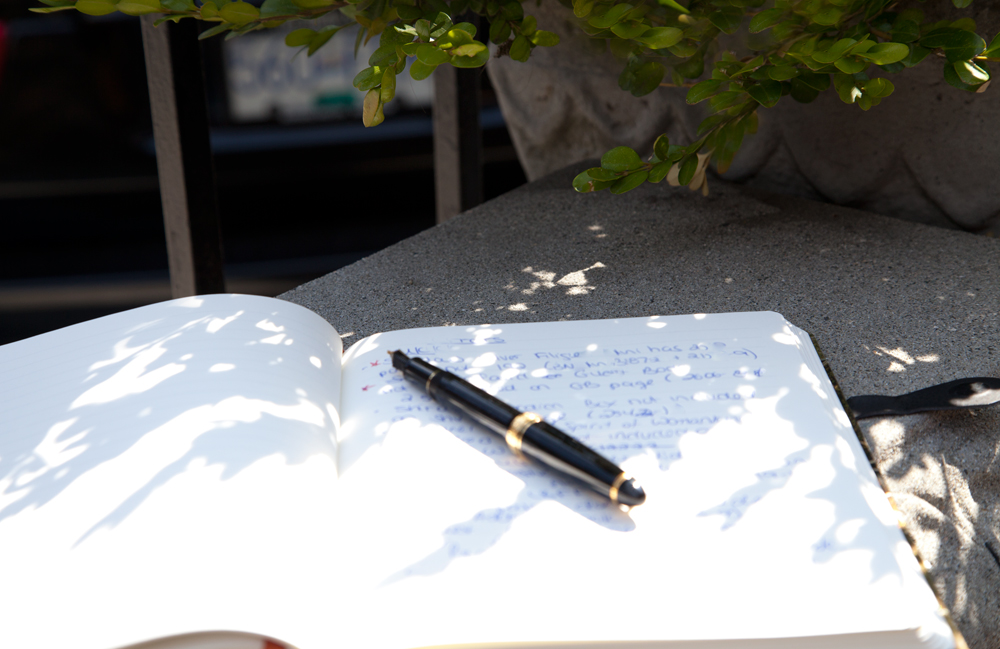There’s something magical about a fountain pen. This old-school medium instantly connects you with the greatest writers and artists from history, while providing a smooth and fluid drawing experience. If you’re new to the fountain pen game, the idea of making the leap from a traditional pen or pencil may seem a tad overwhelming. After all, it’s not enough to simply a choose a fountain pen and be done with it. For these instruments, you need to select a barrel, ink and nib, and that’s just the beginning!
To help you take your sketchbook to the next level, here’s a starter list to get you asking the right questions when looking for that first fountain pen. To begin, you’ll want to answer why you’re shopping in the first place (e.g., is this for calligraphy, everyday writing, enhancing your drawings?).
The Barrel
This is the shell of your pen (think the plastic tube of a ballpoint, but nicer). Selecting a barrel is largely an aesthetic choice, but you’ll always want to keep in mind the thickness and weight of the tool. If you have small hands, no matter how beautiful a certain pen may be, if it’s quite heavy and thick it’s probably going to be uncomfortable to hold and difficult to use. Once you’ve found some options that appeal physically, try writing with them to make sure you choose the best match for you. Luckily, many pen shops offer customisation, so if you love the look of a large pen but not the weight, ask about a surprisingly lightweight celluloid barrel instead.
The Nib
The nib is the part of a pen that connects ink to a page. Generally made from gold, steel or platinum, the nib is the fountain pen version of the tip of a feather quill. There are a few things to consider when selecting a nib for your pen, including the material, shape and sturdiness of it. Gold nibs offer the smoothest writing experience but tend to be the most expensive. Steel is the least costly option, but is also most likely to scratch up your paper. If a gold nib is a bit too pricey, platinum options are becoming increasingly popular and offer a similar fluidity.
The shape of the nib you choose will directly correlate to its output. If you’re looking to create thicker lettering, as in calligraphy, a broad nib is the way to go. For more everyday writing and drawing, though, a narrower nib is probably the best option (you can still vary the thickness of your lines by changing the amount of pressure you apply). Shape also applies to the size of the tip: Aside from choosing broad or narrow, you will need to select how fine or bold you want your written output to be.
One thing you may not expect is that the flexibility of a nib is also something that’s on you to choose. Again, the best bet is to try out a few options before making a decision. You may think that a stiff nib is the best bet for creating neat lines, but if you draw and write with a heavy hand, you may find yourself digging into your page if your nib isn’t flexible.
Don’t change your style to match a pen. Trust us, there is an option out there for you. We recommend visiting a knowledgeable pen dealer and letting him or her know your personal style and needs.
The Ink
A fountain pen is an investment. Once the ink runs out you don’t simply toss the whole thing away, so choosing the ink is one more important step in the shopping experience. The viscosity and flow of fountain pen ink varies, so you’ll want to make sure you choose the right ink for your art (and your paper!). A fountain pen can be refilled using cartridges or liquid ink, with cartridges being the easiest option and liquid being the more romantic choice. If having a dipped liquid ink is an important part of the fountain pen experience for you, we’d still recommend checking if there is a “converter” available for your pen. This will still give you the option of using a cartridge if you’re pressed for time.

And More Choices!
The barrel, nib and ink are arguably the three most important pieces of the fountain pen puzzle to consider when selecting the right one for you. However, the price, look and longevity will likely also come into play. Don’t put unnecessary pressure on yourself by aiming to begin and end your search in a single day. Take the time to try out some options and read reviews about the pens you are considering. And, most importantly, talk to the fountain pen experts!
If you make this choice successfully, you’ll end up with a tool for life, so take advantage of all the help you can get in making sure you’re selecting the best pen for you.
About Paperblanks®: At Paperblanks®, we believe that art should have a place in all aspects of life. That’s why we follow the artist’s way in everything we do – creating, crafting and releasing designs we believe have the power to touch people. For more about Paperblanks®, go to our website at paperblanks.com.








